The
Intersection
Our identities are in a constant change – our memories, experiences, encounters, connections and relationships, our values, political stances, moral compass, and spiritual beliefs, the parts of our persons we have very little or almost no control over – our height, race, the social-economic class we have been born into.
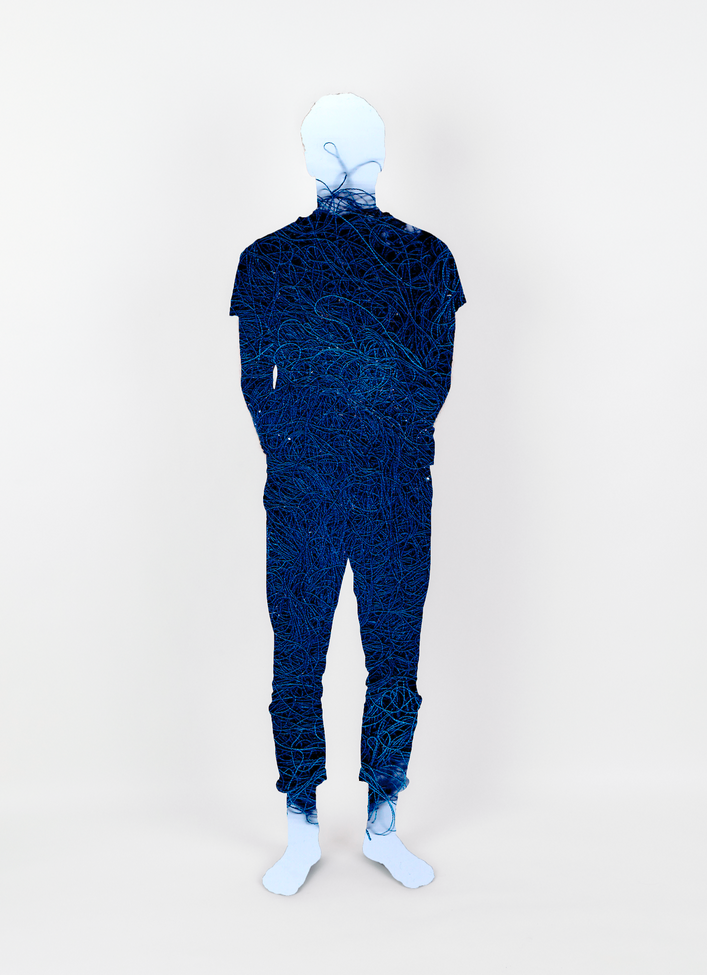
“Plivati kao ti ne može svatko” Josip Kresović
The amalgamation of all of those intersecting characteristics, with time, creates a stable sense of “who we are”. Of course, for as long as we live, we are exploring and finding new aspects which we are building in our identity. As our role in our community changes so does our identity – a child, a friend, a partner, wife or husband, parent, grandparent.
Opposed to that individual identity, there is the collective identity – the one that is often built out of boundaries between “the mine” and “the yours”, between accepted and foreign. The collective identity is often built on the discrimination of the other. It becomes a key of the sense of belonging, and exclusion. And for the belonging to the collective, we hide and adapt the individual.


“Unuk” Matthias Dürr
To belong, to not be discriminated against we hide parts of our identities, we try and mask them, present them differently, we are changing our appearance, accents, names. The more we do it, wider is the discrepancy between “who we are” and “who we present to be”. The discrepancy which further leads to an internal struggle.


Josipa Škrapić / foto: Boris Vincek
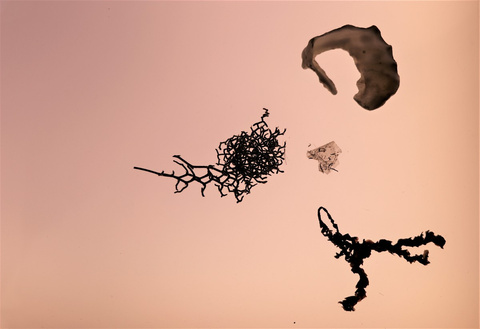
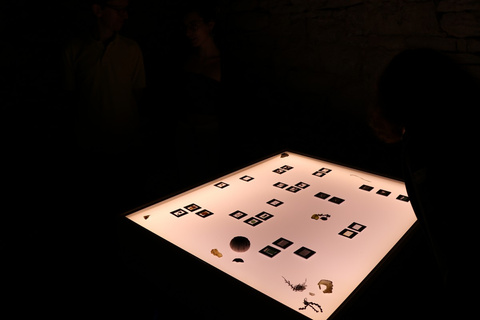
But everything meets and overlaps in one place. At The Intersection. It is the place where our identity is located, where it resides in its state of constant change, where the “who we are” and “who we present to be” live together. This exhibition would focus on the intersection, the moments where different aspects of our identities touch, fight, intertwine or complement each other, where the collective identity collides with the individual one.
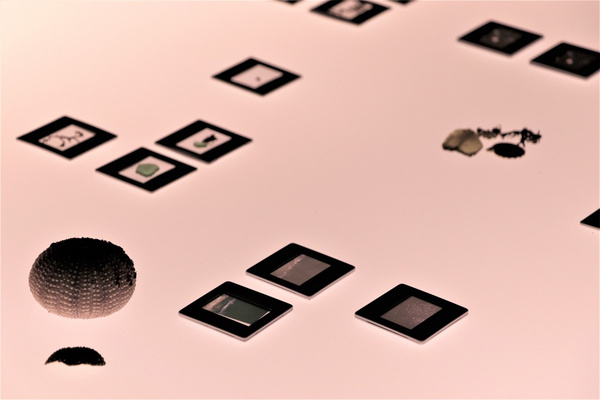
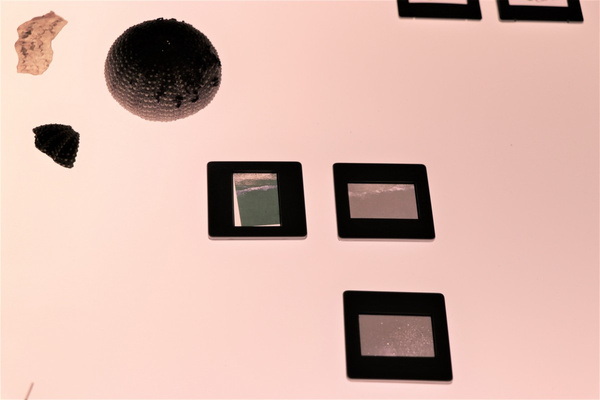
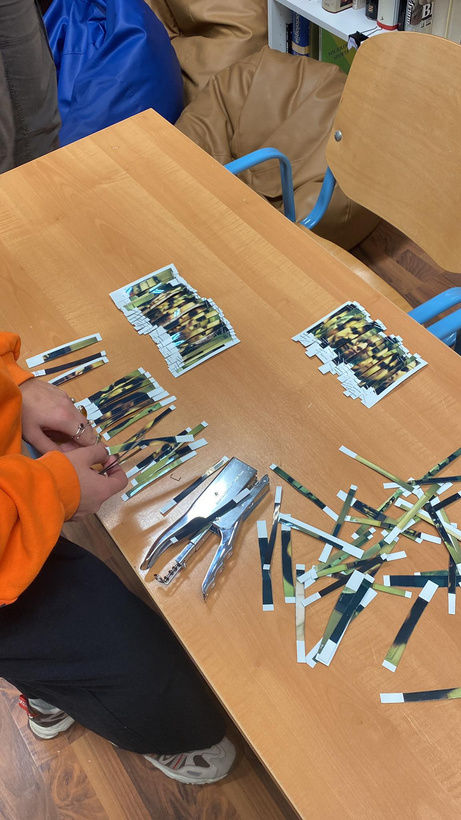
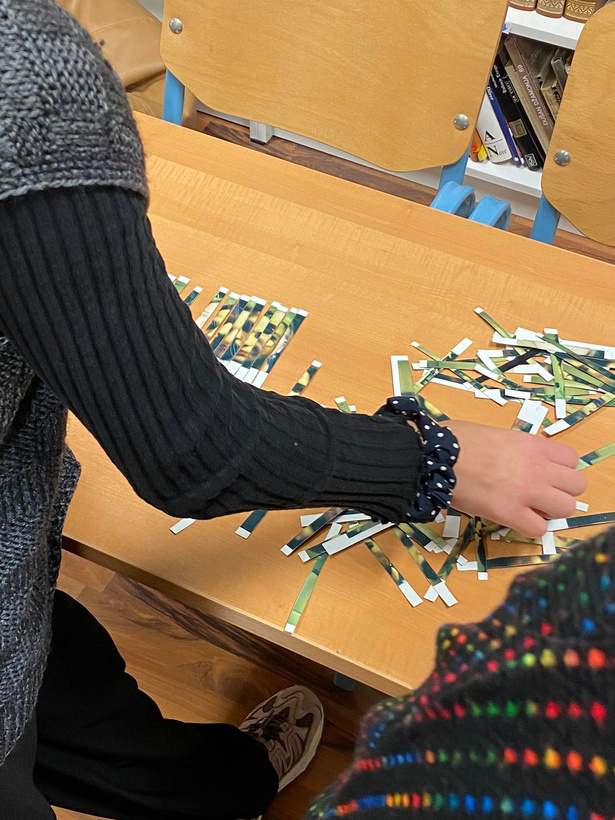
Artists are invited to exhibit their existing work which deals with the exploration of their own identities, and all the characteristics that meet at The Intersection. The mixed media works that are presented are self-portraits which allow the artists to show their representation of The Intersection, their identities, and their image – while avoiding the figurative form.
Josip Kresović / foto: Proces
The
Programming
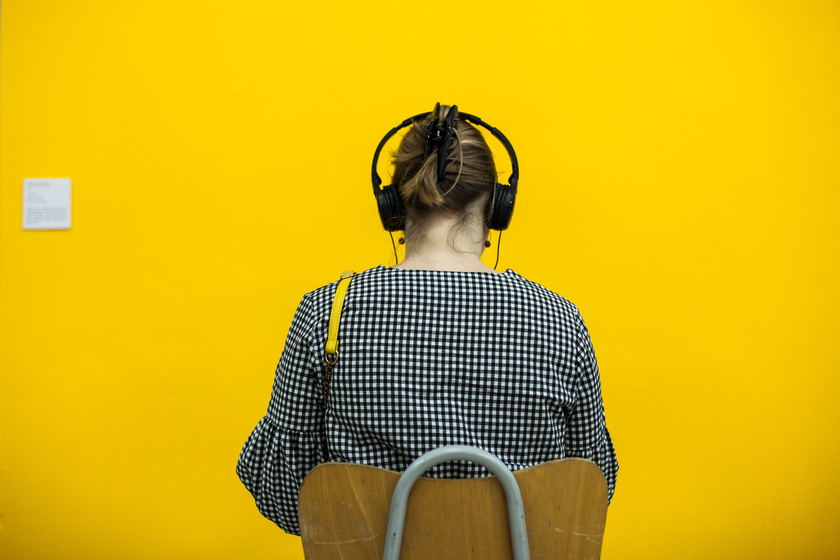
As the actual project deals with identities, those that are hidden, those that are underrepresented, and those that are unwanted, a community outreach programme is a given. Most of the community programming is often conceived in a way which suits the donors, curators, artists more than it actually serves the communities it talks to. The first step of the programming for The Intersection are the thematic dialogues with the audience which will be facilitated by the curator, and which will serve as the basis for the workshop planning.
The topics for the first thematic dialogue will be the basis for a workshop conducted by a psychologist with 15–25-year-olds, and which follows the main topic of the exhibition. The questions for the first thematic dialogue are:
- What is Identity? What is my identity? How do I approach my identity? Why do I change my identity when I change groups? Why do I tend to conform? What is discrimination? What is intersectionality?
The second thematic dialogue will be the basis for a workshop dealing with the topics of contemporary arts, its perceived elitism, and lack of understanding. The questions for the second thematic dialogue are:
- What do you think is at? Why do you think art is important? What do you think artists do? What are the materials and mediums artists can work with? Do you think art should be beautiful? What would help you understand art better?
The programming continues with a panel discussion on the topic of artivism – the intersection of art and activism, the role of arts and culture as drivers of social change, the burden that artists are always made to carry – can they make art just for art’s sake, or does it always have to try and change the world.
Get in Touch
Email: jan@franjul.hr
Instagram: @janfranjul